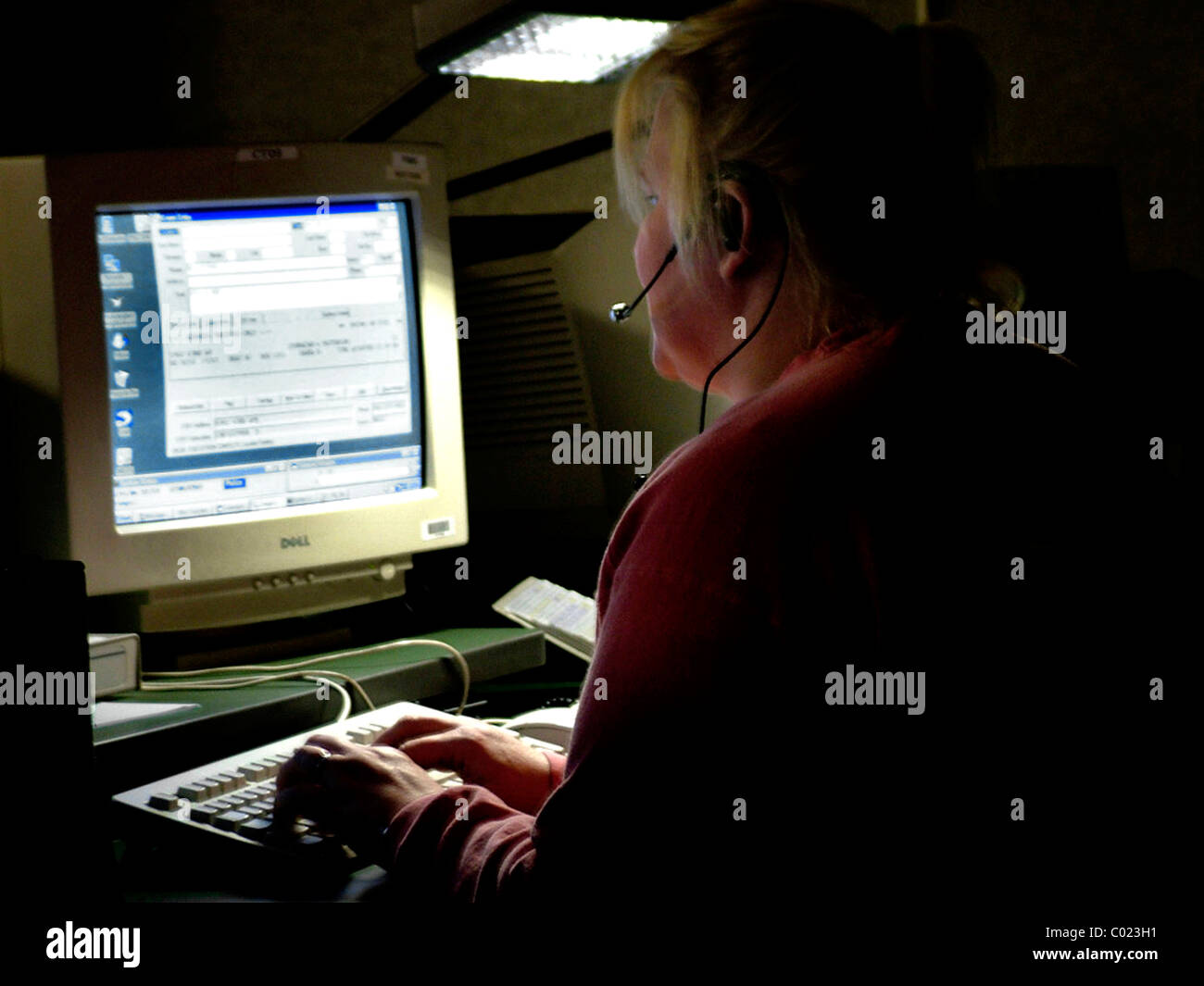

For registration information, please contact Colleen Johnston at or 90 x 5220. 911 operators, also called emergency dispatchers or police dispatchers, take incoming emergency calls about crisis activities like crimes, fires or medical situations.

Register now for the program, which starts on September 12, 2011. The program is offered in partnership with Proven Ways, a leader in public safety communications throughout North America. Not only will you be doing the job, but you will also be gaining the skills and confidence to get you “job ready.” Your training will include taking calls in a simulated emergency environment, so that you will become proficient in Call Taking, Dispatching, 911 and Computer Aided Dispatch. You will work in a stimulating environment bringing a life saving service to your community. Background noise can provide hints, so an observant 911.

Offered at the Cobourg Campus, the Certificate program prepares graduates for a career in police, fire and ambulance dispatching with a starting salary of $35,000 to $65,000 per year. A 911 dispatcher takes the information from a caller but also listens for nuances and contextual clues.
#911 dis operator professional
You can fast track to a new career with Fleming College’s 12-week Public Safety Communications Professional (911 Operator) program. To see more of the world of emergency response, check out “9-1-1,” airing Thursdays on USA Network. It’s a special position for the right person. Emergencies can strike at any time, as seen on “9-1-1.” But while the shifts are long and often busy, there are moments of downtime and staff bonding, too. Shifts typically last between eight and 12 hours, and the schedule varies - people need to be on all night, and during the weekends or holidays, too. All this information is recorded on the computer at the same time, according to “911 Crisis Center.” Naturally, multi-tasking is a necessary ability for anyone who wishes to be a 911 dispatcher. They ask certain questions, passing along the answers to another dispatcher who’s connected to police, fire, or EMS, and telling them what they need to know when they arrive at the scene. The dispatcher’s job is then to get all the information possible to get the caller the help they need. These monitors display the phone number coming in, a name if possible, and either the address of the landline or the closest cell tower if the caller is contacting them via a mobile phone, according to “911 Crisis Center.” Each dispatcher works at a station with no less than eight - eight! - monitors. Naturally, a lot of people are needed to keep the center running smoothly: At least nine staffers are needed at any time, and usually it’s more like 11 or 12 people assigned to a shift to account for sick leave or unexpected time off. In order to become a 911 dispatcher/operator, candidates must adhere to the minimum requirements: at least 18 years of age and have earned a high school diploma. It gives a peek into what exactly it’s like to spend your work shift handling all manner of emergencies.Īt Chagrin Valley Dispatch, the operators connect to 15 police, fire, and emergency medical services.
#911 dis operator series
That’s the impression one gets from Oxygen series “911 Crisis Center,” which follows the people who field the calls at Chagrin Valley Dispatch Center, a Cleveland-area emergency dispatch center. And while “9-1-1” - which you can catch on USA Network on Thursdays - is definitely a heightened look at this field, it’s not that far off from reality. While watching “9-1-1,” the Ryan Murphy-produced show that focuses on Los Angeles’ first responders, you’ll come away thinking the world of emergency response is a constant stream of jaw-dropping situations, such as tsunamis, faulty roller coasters, and babies stuck in toilets.


 0 kommentar(er)
0 kommentar(er)
